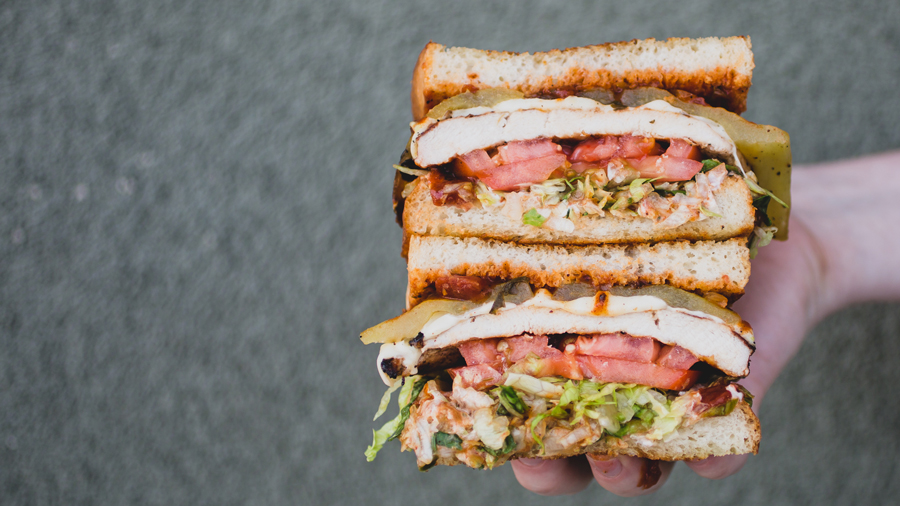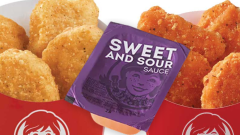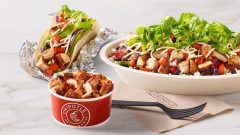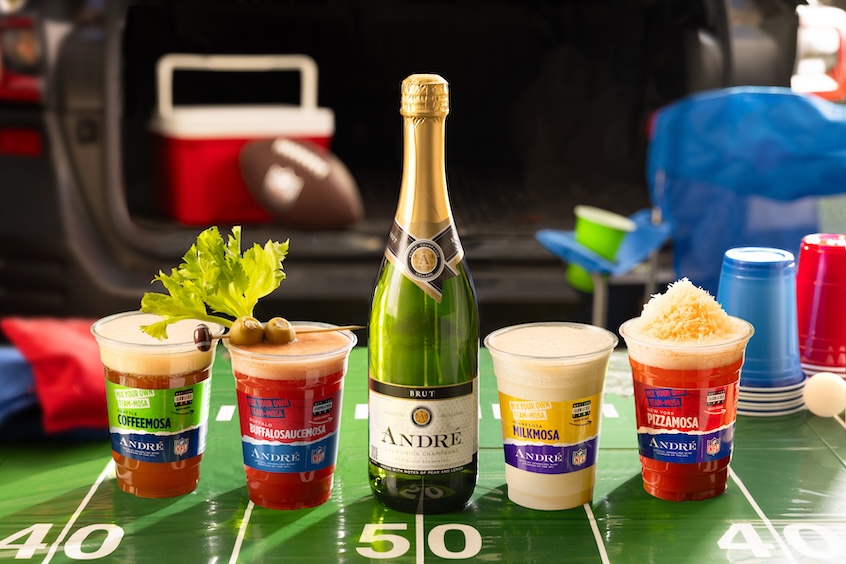5 Origin Stories of Your Favorite Sandwiches

You’d think every kind of sandwich was invented by a child. Not because sandwiches are child’s play (hell no), but they just seem so wondrous and hopeful. The basic concept of the sandwich joyously empowers non-cooks to be able to pull off glory and puff out their chests with pride. It’s an uncomplicated artwork you can eat. It’s by anybody for everyone. But kids didn’t invent them, at least not the famous ones, and no two origin stories are alike in the food world. So let’s do some digging and talk shop about how favorite sandwiches came to be.
1. The Club

Photo: Flickr
The story goes more or less the same here, with everyone nodding their head in agreement that it came out of a country club in the late 1800s. Beyond that, like pinpointing the actual club, hungry folks of the world part ways, though the most popular call is the Saratoga Club House, an exclusive gambling house in New York. Otherwise, the notable non-club theory is that the sandwich entered mouths as a menu addition at the Steamer Rhode Island Restaurant around the same time.
2. The Patty Melt

Said to have bounced to vibrant melty life in sunny Southern California, the origin story of the gooey hamburger-sandwich goes like this: It was a favorite of William “Tiny” Naylor. I know, you were hoping it was something more exciting, like stolen as a family recipe from some mafioso and then smuggled into cafes along the coast, but it really was that Naylor owned a chain of restaurants in the 1940s and 1950s and word got out.
3. The Dagwood

Photo: Flickr
Even if you’ve never been a regular reader of the comic Blondie, there’s a chance you’ve seen the world’s hungriest cartoon father dashing around a newspaper over the years. The long-running strip (starting in 1930) features a family with a patriarch who keeps up the habit of snagging what seems to be the entire contents of the Bumstead family refrigerator and pinning the goods together between two slices of bread. And that’s essentially what the real-life comic-inspired sandwich calls for — pretty much just any kind of leftovers, though the rule tends to be “the more, the merrier” or “the goofier, the greater.” I mean, it’s as much for dinner time as it is arts-and-crafts hour.
4. The Cuban

Though the timeframe for the sandwich’s first creation can at least be somewhat nailed down to the mid-late 1800s, the actual origin tale is a lot more slippery to catch. It’s largely believed the sandwich became a go-to lunch for the workers of Cuba’s cigar factories and sugar mills (and later Key West’s cigar factories), though who exactly created it and when remains a mystery, lost to a community of hungry employees. The cigar industry eventually made its way to Tampa in the 1880s, where the sandwich more or less scored an influence from Italian immigrants, causing it to flourish. In fact, Tampa laid notable claim to the sandwich — their incarnation at least — in 2012.
5. The Sub/Hoagie/Hero/Grinder

Here’s the thing, this exact origin story is impossible to track. Instead, the name is the changing wonder.
“The Sub(marine)” found its way into the Oxford English Dictionary sometime around the start of World War II, with the legend going that it was thanks to an Italian shopkeeper near a Navy shipyard in New London, Connecticut.
“The Hoagie” keeps up a similar story, with the Philadelphia Navy Yard once being called Hog Island. However, the better sandwich tale from the City of Brotherly Love is that a 1920s jazz musician named Al De Palma saw one of his beboppin’ buddies snacking down on the thing and laughed, “You have to be a hog to eat one of those.” When the Depression hit, music wasn’t exactly paying, so he opted to open a sandwich shop that sold “hoggies,” which later led to De Palma’s altered nickname “King of the Hoagies.”
“The Hero” has a background that’s based in a slight riff of the last one, but out of New York City, when food columnist Clementine Paddleworth reportedly remarked, “You had to be a hero to eat it.” Meanwhile, the Oxford English Dictionary actually attributes the name to armored car guards.
“The Grinder” keeps it in line and brings it all back with the shipyard backing, as it was supposedly named in New England for the dockworkers who did up the day-to-day grinding repair of the ships.
And that’s how the sage-like comfort of notable sandwiches came to be, though you have to wonder how much some kind of supernatural marvel played a role in giving these masterful geniuses the initial pop of a brilliant idea.






















